Playa Vista Elementary School
NAC used bold colors to create flow at Playa Vista Elementary School in Los Angeles, California.
Playa Vista Elementary School is a new campus within the Los Angeles Unified School District (LAUSD). The design leverages a rigorous program, tight urban site, bold sustainability agenda, and demonstrable environmental engagement to encourage and inspire stewardship. The project includes 6 classrooms, administration area, multipurpose room, food service kitchen, joint-use library, outdoor learning spaces, and play areas.
Several key partner organizations collaborated on the project:
• LAUSD operates over 600 sites, had never built to LEED, but was interested in sustainability in the next generation of facilities.
• Loyola Marymount University overlooks the site and facilitated a relationship between the school and its education department—envisioning a teacher training site.
• The Playa Vista Development, a relatively new community, donated land to LAUSD for the project and brought high expectations for quality.The building’s systems and innovative design are exposed to provide learning opportunities. The structure reveals a contrast between the regularity of the district’s program and the unusual shape of the site. The program relies on a collection of standard-sized 960-sf classrooms; the regular steel frame structure is broken by braces for lateral resistance, exposed along the length of the building.
The priority placed on sustainable outcomes is evident throughout the project. Rooftop mechanical equipment was eliminated in favor of water source heat pumps located at each classroom. This naturally fit with a geothermal heat exchange system, which leverages excellent soil conductivity and over 30 miles of underground piping coils. Using the constant temperature of the earth, it regulates indoor temperature much more efficiently than standard heating systems. Clearing the roof of mechanical units allowed space for photovoltaic panels.
The school’s serpentine shape maximizes natural ventilation and daylight for the classrooms. Simultaneously, the building defines exterior “learning landscape” zones: vegetable gardens, meeting areas, outdoor classrooms, and water zones. Sustainability treasure hunts further encourage students to explore their school’s green features, understand their significance, and experience pride in the building’s special features.
Design: NAC
Photography: Edmund Barr

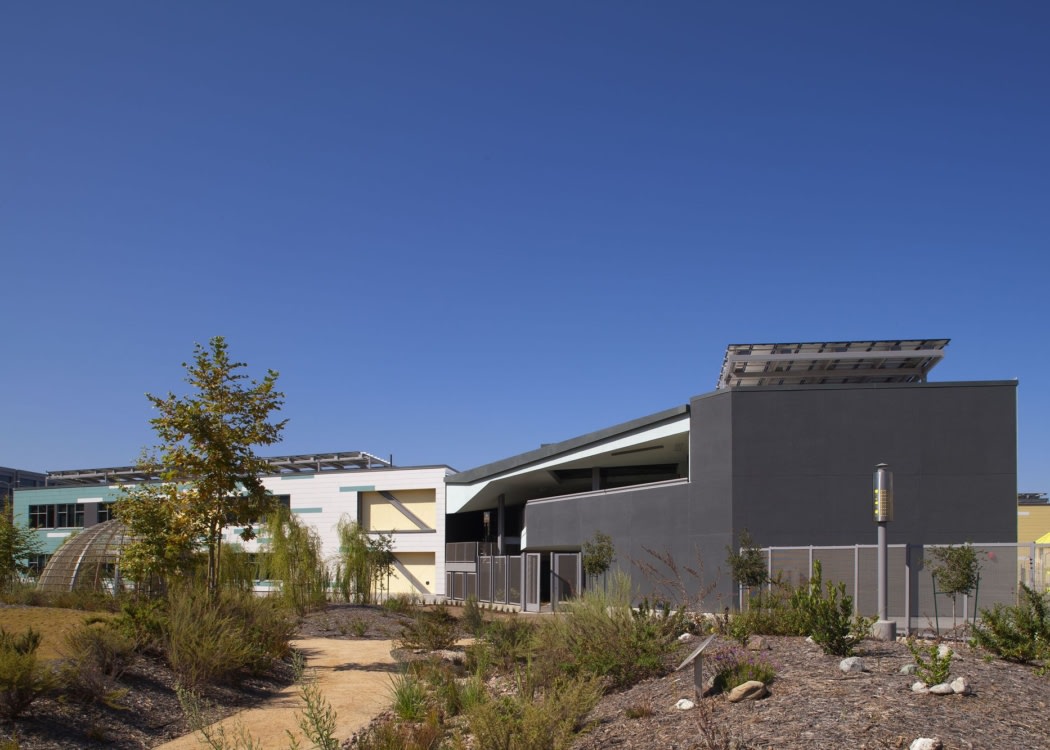
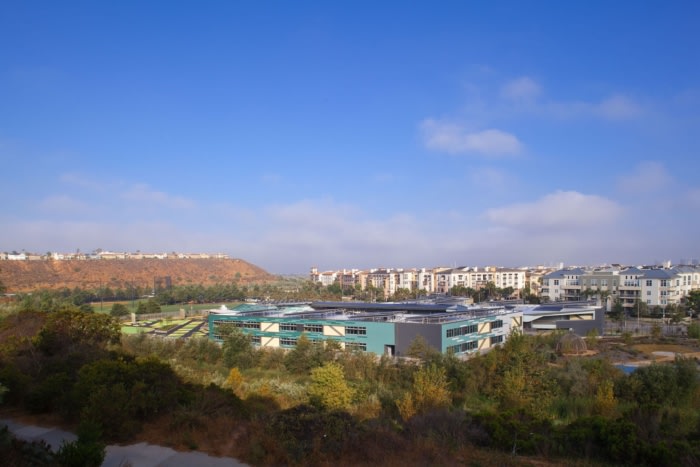
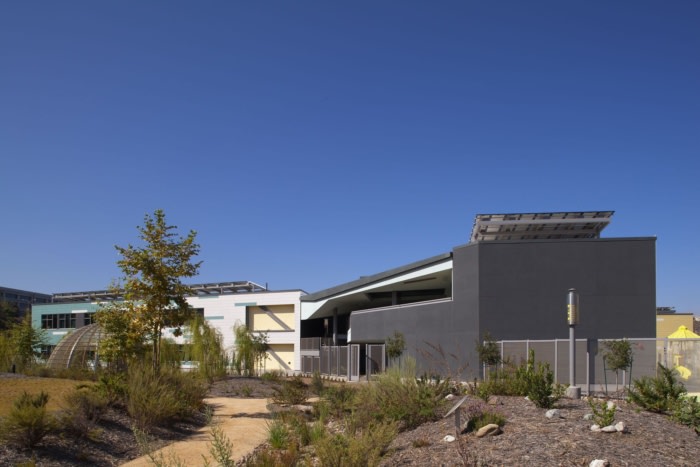
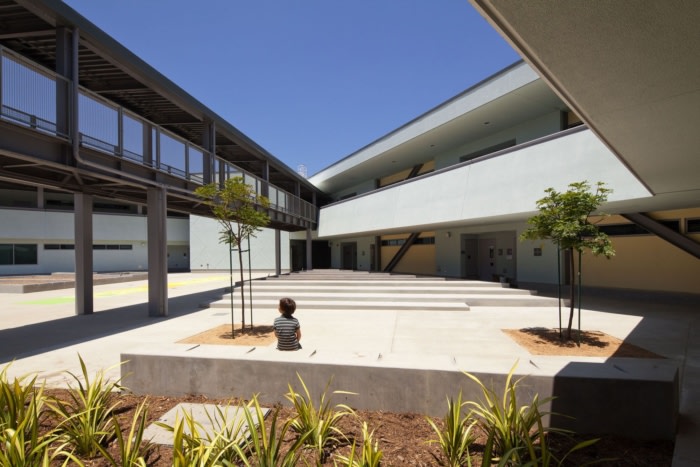
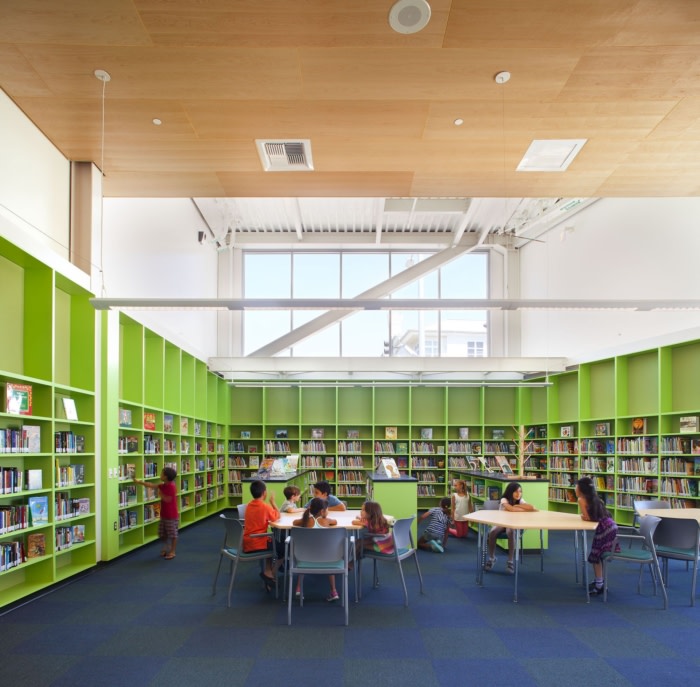

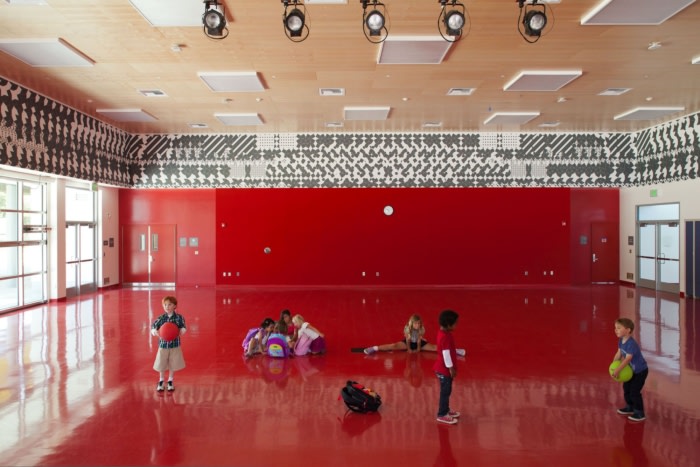




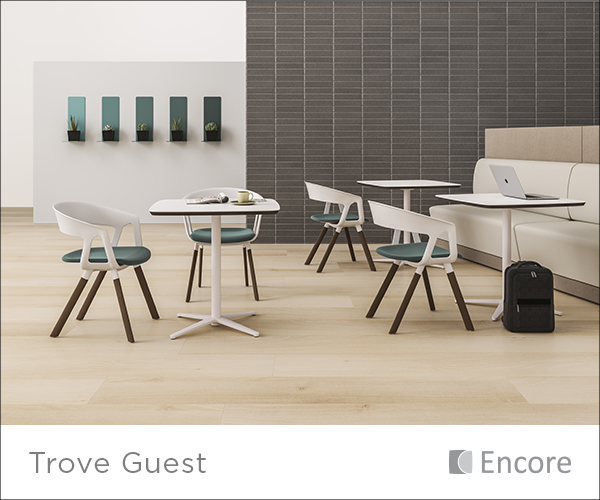






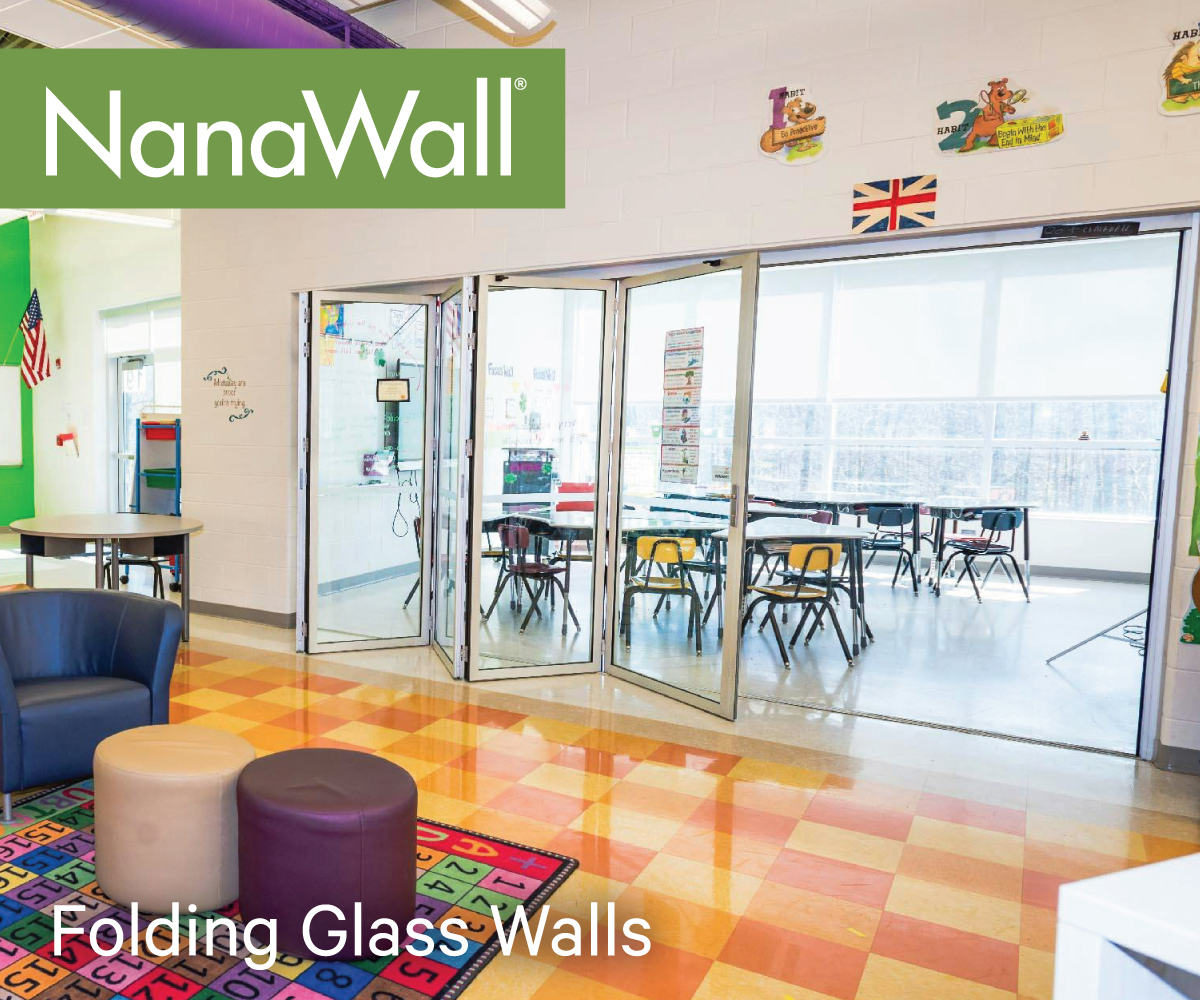


Now editing content for LinkedIn.